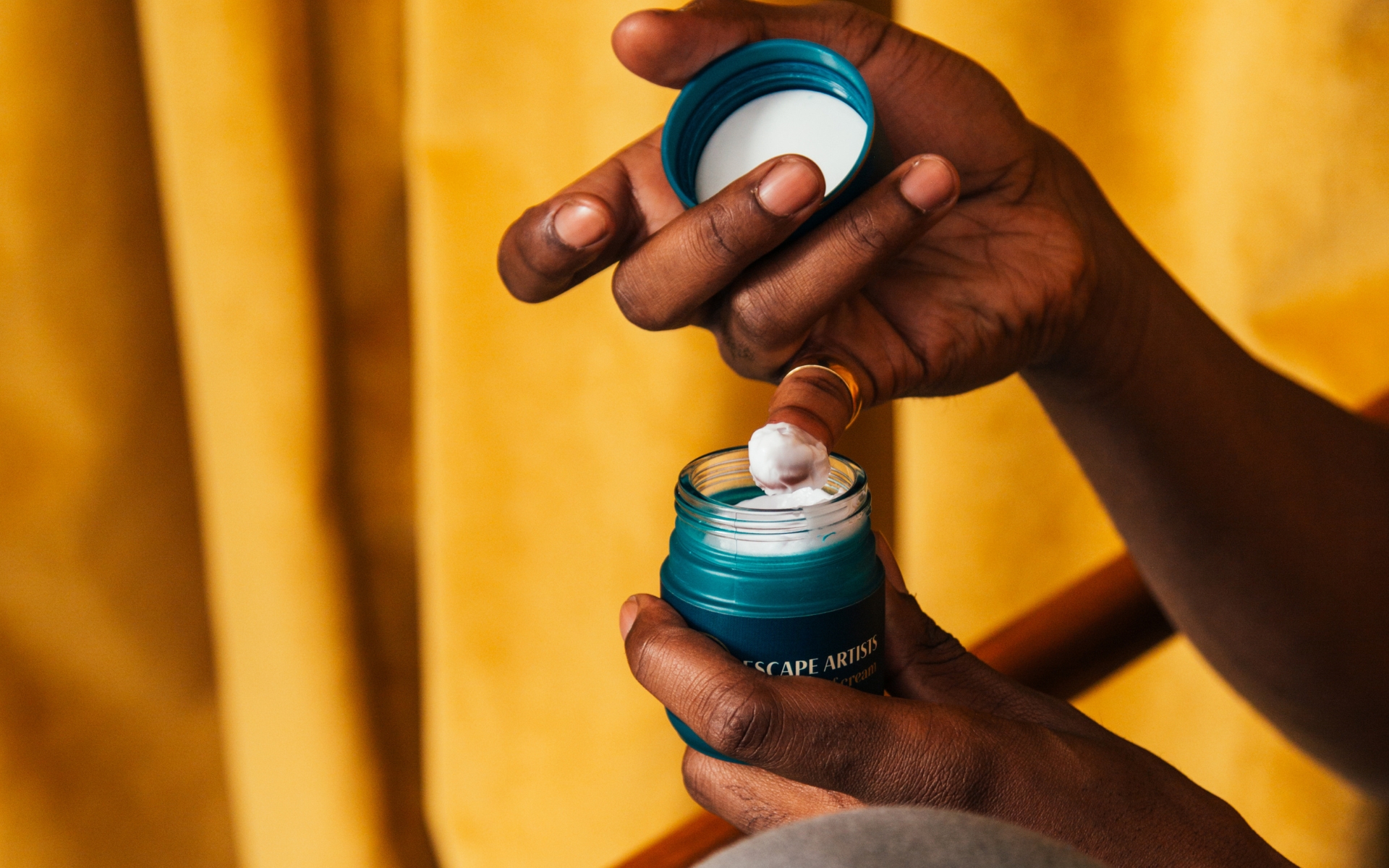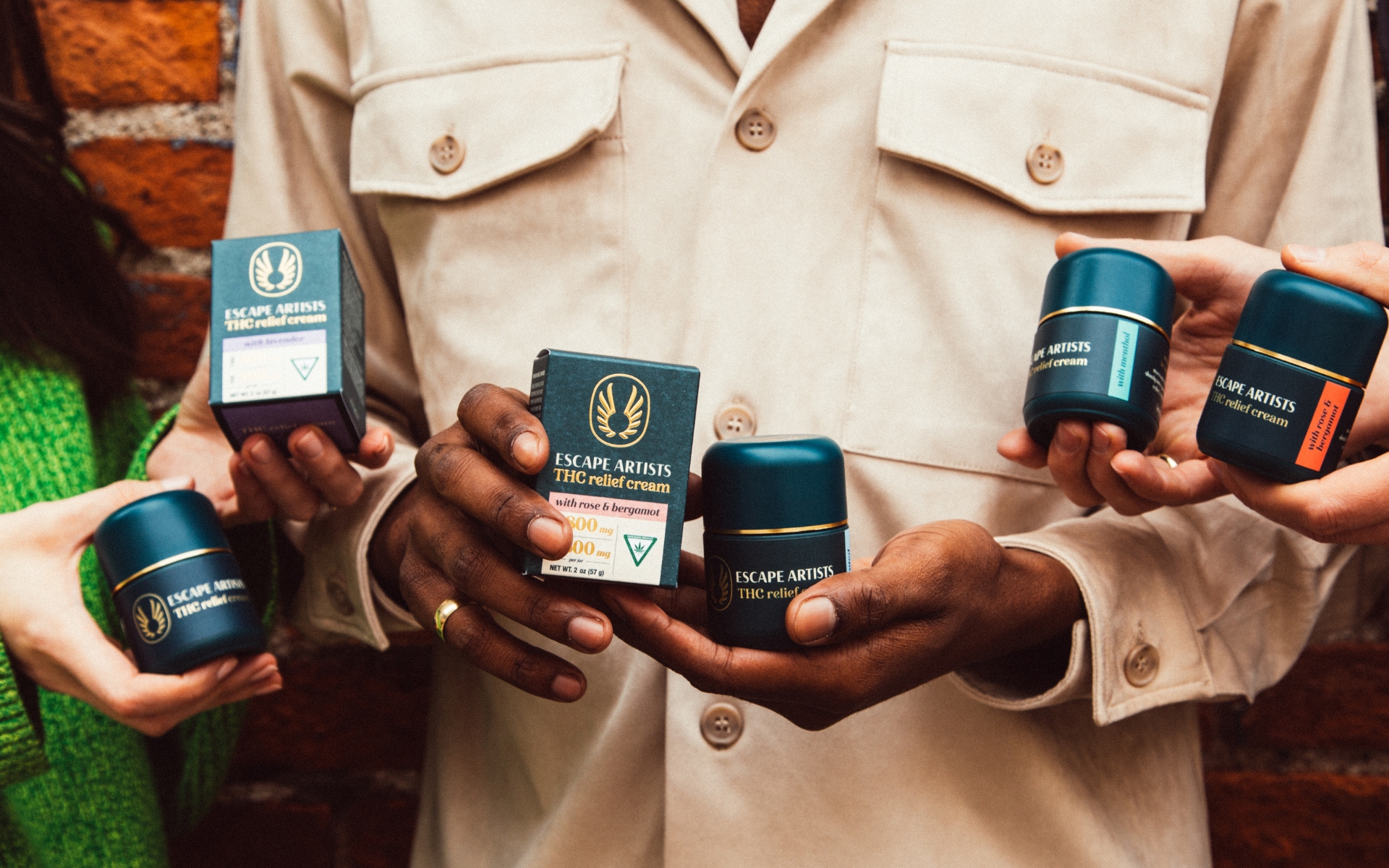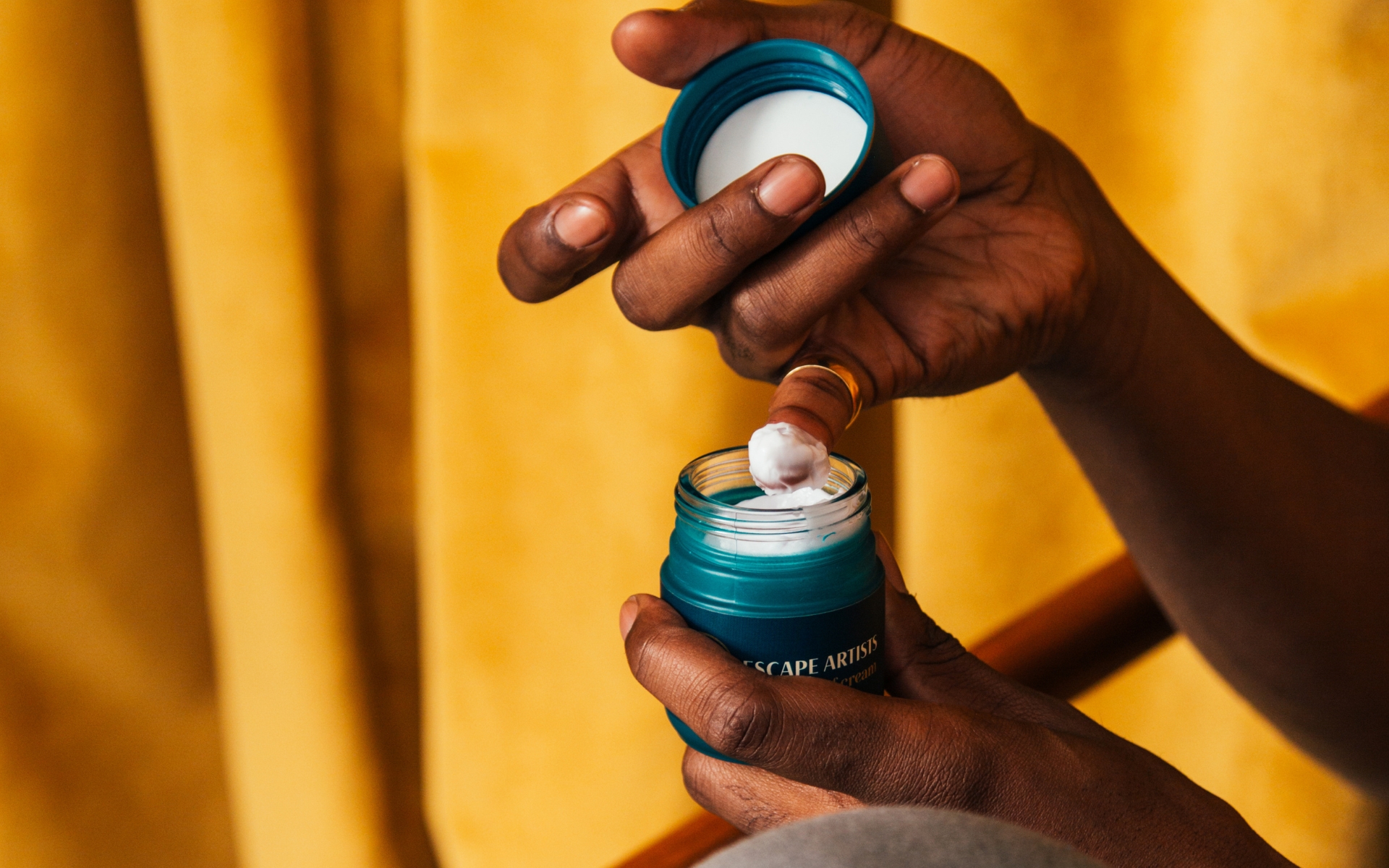types of cannabis topicals

There are several types of cannabis topicals, and understanding the differences can help you find the exact right products for your body.
In skincare, there are a few terms that tend to come up a lot that feel pretty interchangeable. So, what is the difference between lotions, salves, and cream? When you dig a little deeper into the science behind the definitions of these categories, you begin to understand the advantages of various formulations. And, how they’re designed to unlock the benefits of cannabis topicals.
Here’s a breakdown of how cannabis topicals work and the main types of cannabis topicals.

Cannabis-Infused Lotions
The word lotion comes from a Latin root meaning “washed.” Lotion is a catchall for any of the more fluid, slightly goopy moisturizing products you can massage into your skin. The purpose is generally to soften or moisturize.
From a pharmacological perspective, we define lotion as an emulsion of oils and water, along with other ingredients. Sometimes including alcohols.
The ingredients suspended in a lotion can serve a variety of purposes. Whether it’s delivering anti-itch compounds like calamine, cosmetic nutrients like vitamin C or hyaluronic acid or even a bit of aromatherapy with scented products. Lotions tend to be more spreadable than other types of topicals. This is thanks to the higher ratio of water to oils in the emulsion. That ease of application and light texture makes them popular in cosmetics too.
Salves
Unlike lotions, salves typically don’t contain any water (or just a minimal amount). The term comes from an ancient Sanskrit root meaning “melted butter or fat." Indeed, today’s salves are still a mixture of base lipid oils and waxes used to deliver other incorporated ingredients.
Salves, also known as ointments, are generally much heavier and thicker than lotions. This is because they lack the water content that makes lotion so spreadable.
However, salves can also create a protective barrier on the skin because of their occlusive properties. This property allows them to seal in the moisture already present in the skin. Because salves can feel greasy when applied and remain on the skin’s surface for a longer amount of time, they can be less popular with consumers outside medical contexts.

Creams
A cream bridges the gap between easy-flowing lotions and semisolid salves. Similar to lotions, creams are an emulsification of water and oils (and sometimes waxes) that can be used to deliver a variety of ingredients. What distinguishes creams is that they tend to have a higher ratio of oils / waxes to water than lotions, making them thicker in consistency and easier to apply to a specific area of the body.
Like salves, creams can also create a protective barrier on the epidermis—as with sunscreens—and help the skin retain moisture. Thanks to their ability to deeply penetrate the epidermal layers, manufacturers commonly use creams in over-the-counter pharmaceutical products.
There is one key reason why cream formulations are the favored base for cannabis topicals. The cannabinoids and other compounds in cannabis are fat-soluble and hydrophobic (water-repelling). This is why many edibles infuse cannabis into fatty ingredients such as coconut oil or butter. In a similar way, a highly absorbable cream makes cannabis more available to the body.
Not only do the cannabis compounds dissolve in the oils and fats in the base cream, they’re also more easily absorbed by the body for localized, targeted delivery of THC, CBD and other cannabinoids deep into your skin via the base cream. From there, the cannabis compounds can connect with the body’s endocannabinoid system receptors in the epidermis and nearby tissues.
